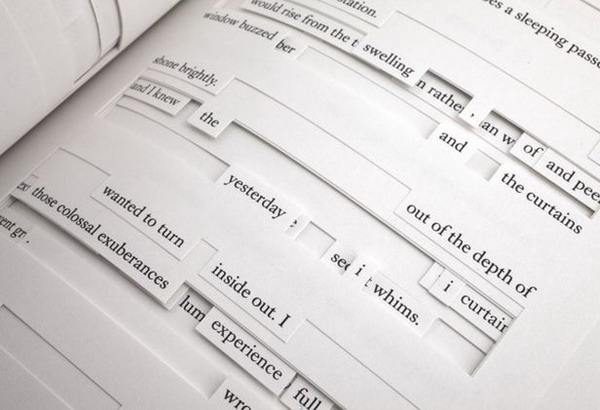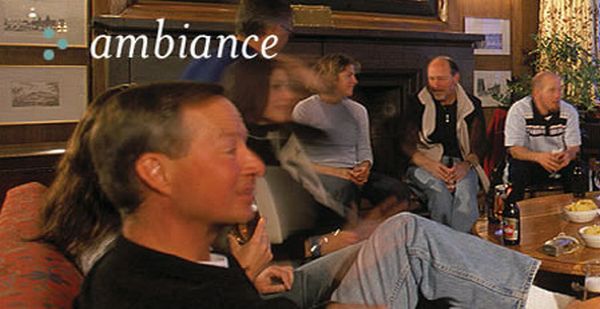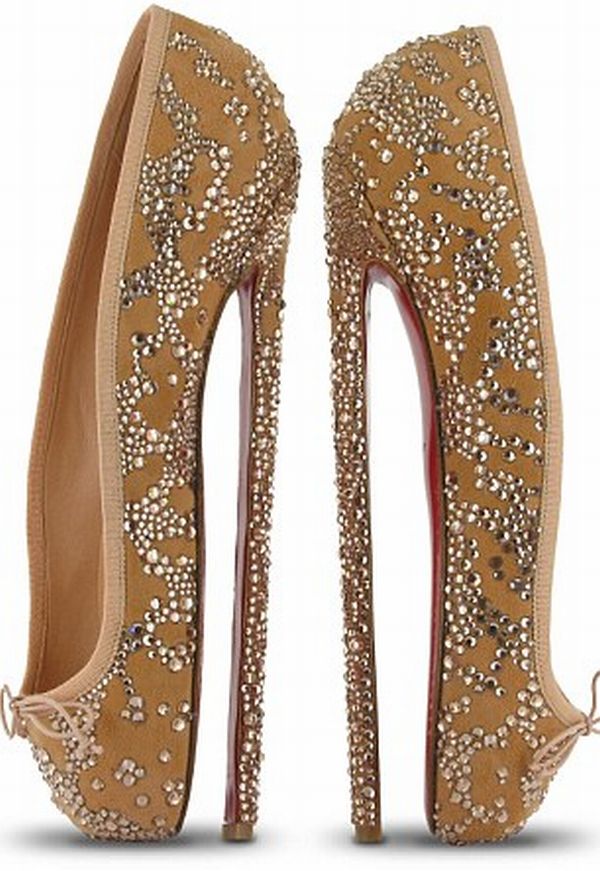Before the invention of the printing press, books were like works of art. They were the property and privilege of the wealthy classes, something to be show off to others. Things changed once the printing press was born. Books became less of a luxury, content became king. Gone were the days when an illustrated book could take two years to create, with animal skin and gold embellishments adding to the effect. By the 20th century, books became affordable and lost the embellishment. But things have been changing in recent times. Several contemporary writers have begun challenging the book form, bringing in new innovations to enhance the reading experience.
A case in point is Tree of Codes by American author Jonathan Safran Foer, a Visual Editions publication that a reviewer described as a “sculptural object”. Foer used Polish writer Bruno Schulz’ 1934 publication, The Street of Crocodiles as his basis. He then proceeded to cut out pages, sentences and words, creating an effect where window-like gaps in the pages revealed more words, thoughts and ideas. Foer thus blurs the line between an author and a designer. He himself does not want to typecast himself in either role. In an interview he admitted that he does not want to constrain himself with a definition. All he said was that he saw himself as “someone who makes things”.
And one-book-old Foer is already on to his second book using the same concept. Meanwhile, Visual Editions is working with others, including novelist Adam Thirlwell and illustrator Seonaid Mackay. The publishing house whose tagline is “Great looking stories” has also released a new edition of Laurence Stern’s experimental novel Tristram Shandy.
Anna Gerber and Britt Iversen co-founded Visual Editions two years earlier. Gerber explains that they did so in order that books would become as interesting, visually, as the stories they held. It was more to do with publishing “visual writing” than simply providing decoration. In these books that Visual Editions is publishing, the writing and the visuals are intrinsically connected. For instance, the firm is planning to publish Composition No 1, an experimental novel from 1961 that was sold in a box of loose sheets. The idea was that the reader could pick out any sheet and read the book in whichever order they preferred.
Over the years, and especially in the 1960s and 1970s, there were plenty of post-modernist gimmicks in the book industry. But these had less to do with the actual story being told. Contemporary writers who are experimenting with the book form, people like Foer, are making sure that their innovations and experiments are linked with the plot itself.
Canadian artist and graphic novelist Leanne Shapton’s Important Artifacts and Personal Property from the Collection of Lenore Doolan and Harold Morris dissected a broken love story, but put it together like an auction catalogue. Discarded items were put on sale, with each having a description beside the image. The experimental book became an unexpected runaway success and might soon become a movie with Natalie Portman and Brad Pitt in the lead.
The bookmaker’s art is once again entering the limelight. Books could soon become luxury buys again. Authors and publishers get ready!
Via: The Independent




